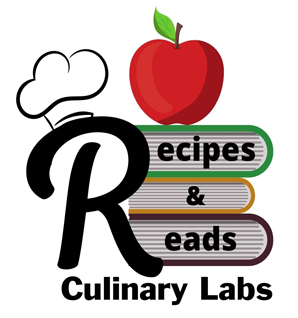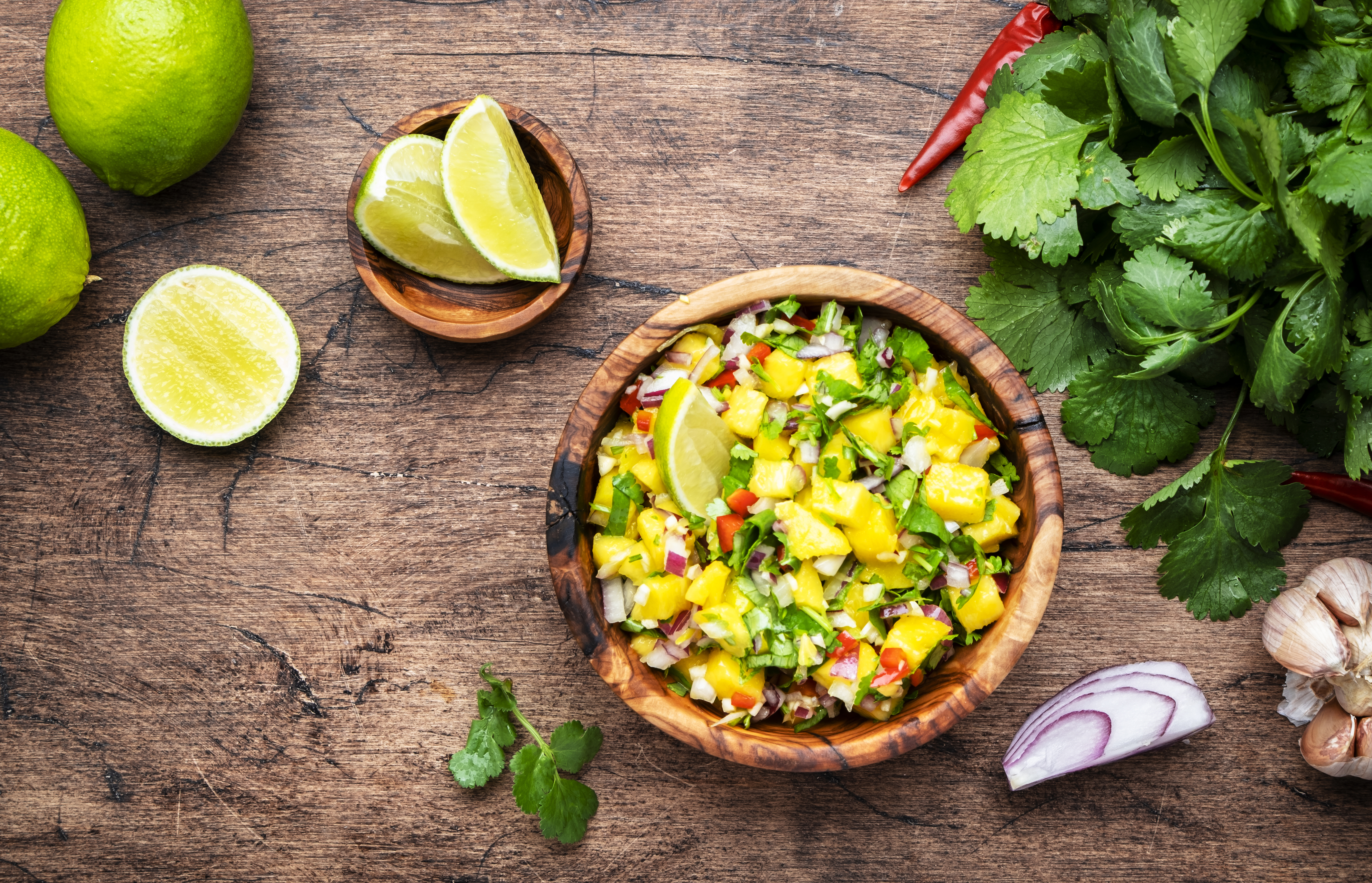Recipes & Reads Culinary Labs
Recipes & Reads Culinary Lab workshops serve up comprehensive, culinary literacy programs that include hands-on demonstrations of food and nutritional literacy; food acquisition methods; food handling, hygiene and safety; culture and history of food; and consumer cost-saving techniques and meal stretching. Each of the culinary lab workshops may include the use of fully stocked mobile, kitchen carts to aid in these food-related demonstrations. The labs are strategically located at library branches throughout the county and serve all ages. Registration may be required, at some locations, for Recipes and Reads Culinary Lab workshops.

DEC 2025 R&R Web content – Food Scrap Gardening
Scrap gardening is a fun way to stretch food resources in the kitchen. Vegetables like carrots and celery will regrow and flourish from nubs. Herbs can regrow from stem cuttings. The process is simple – place the bulb, nub or sprig in a few inches of water and place the container in a sunny place like a windowsill. The scraps will regrow without much work (aside from a change of water if it becomes murky) and can be planted in soil once the scraps have grown an inch of roots.
Looking to try out scrap gardening? Try regrowing the cilantro, green onions, and pineapple from the recipe:

Pineapple Salsa
· 1 pineapple, chopped (save the crown to regrow – see note below)
· 1 small jalapeno, seeds removed and finely chopped
· 1 small shallot, minced
· 2 TBS cilantro, minced (save stem to regrow – see note below)
· 2 TBS green onions, thinly sliced (save roots to regrow – see note below)
· 1 TBS lime juice
1.) Mix the pineapple, shallot, and jalapeno in a medium bowl. Add cilantro, green onions, and lime juice stirring until combined. Season to taste with salt and pepper.
2.) Cover with plastic wrap and store in the refrigerator for an hour (or overnight) to allow the flavors to combine. Serve with tortilla chips.
Notes:
· To regrow the pineapple crown, twist off the top and remove bottom leaves to expose the stem. Allow the stem to dry for a few days to prevent rotting. Place the dried stem in a glass with an inch of water, changing the water every few days until roots grow. Once the roots are a few inches long, plant in a pot with potting soil and place in a sunny location. The pineapple will fruit in a few years.
· To regrow cilantro, cut a 4-inch-long stem, remove the bottom leaves and place in a jar of water in a location with bright indirect light. Once the cutting has grown roots at least an inch long, transplant to a pot filled with potting soil and place in a sunny location.
· To regrow green onions, cut the onion about one inch from the root end. Place the roots in jar filled with enough water to submerge the roots. Place the jar in a sunny location. When green shoots appear, transplant onions into a pot filled with soil and place in a sunny area.